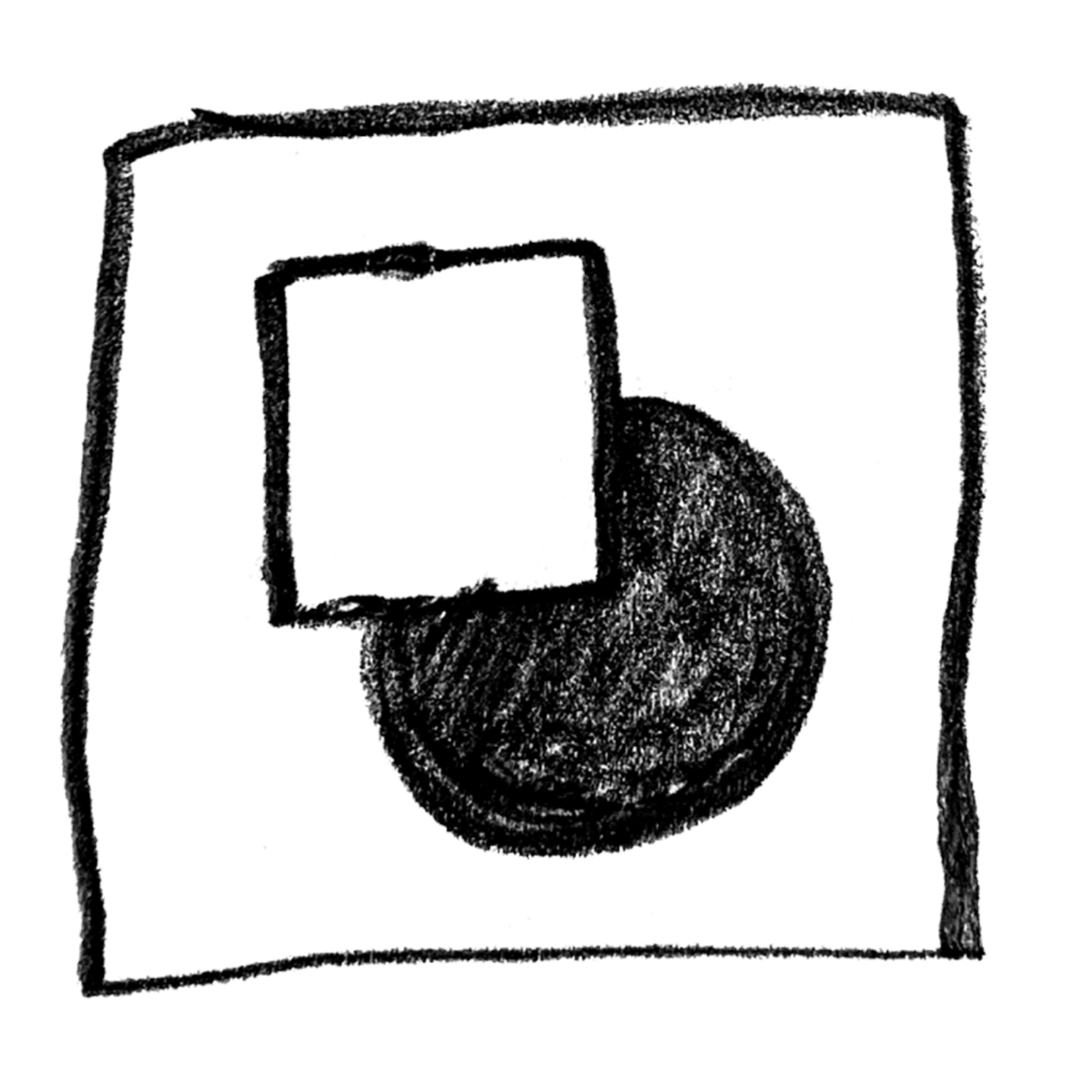


There Once was Circus in the Night...
Games were important to Jean Paul—throughout his life, he was known as someone who enjoyed playing games.
Here’s a proposal for a creative project that celebrates the playful side of this great artist: creating your own game, There Once Was a Circus in the Night…. It’s a way to appreciate works of art, create, and have fun!
Read more
Intentions
Intentions
- Become acquainted with Jean Paul Riopelle through play and the circus;
- Develop an ability to appreciate works of art;
- Develop an ability to create;
- Experiment with modelling, drawing and painting techniques;
- To appropriate the disciplinary vocabulary.
Project summary
As a team, create a game of Snakes and ladders using Jean Paul’s different playful pieces as inspiration. This project uses modelling, drawing and washing techniques.

Approximate time
3 hours

Technique
Mixed

Notions
Modelling spheres
A circular 3D object created by rolling malleable clay between hands.
Modelling slabs
A flat, round disk made while modelling by flattening a sphere with fingers or hands.
Pinching (with Hands)
A modelling technique used to transform malleable clay by firmly pressing it between fingertips (modelling clay, air-drying clay, clay, etc.).
Printing (or Print)
The technique of reproducing an element by pressing a tool over a surface (paper, cardboard, etc.) to obtain a print.
Wood Modelling Tool
A modelling tool with a wooden handle and tip that comes in a variety of different shapes. It is used to dig or remove extra material while modelling clay.
Wire Modelling Tool
A modelling tool with a wooden handle and a tip made of looped wire. It is used to dig or remove extra material while modelling.
Fixing (or Fix)
A gesture used in modeling, shaping or assembling that consists of using a strategy (e.g., pinching a malleable dough with the fingers) or using an adherent substance in order to join different elements.
In the Round
Real volume that can be measured (width, height, depth). It is usually a sculpture that can be observed from all sides.
Flat Brushstroke
A painting movement that consists in applying a coloured pigments uniformly across a painted surface.
Pattern
A repeated decorative design. Patterns can be observed on fabrics, tapestry, plates, etc.
Real or Represented Texture
Elements that form a material's surface. Texture can be real or represented.
Real texture can be observed and felt. It's the result of repeated gestures that create real marks on a surface (lines, points, drips, etc.).
Represented texture is when real texture is imitated on a two-dimensional surface using graphic elements (lines, points, drips, etc.) to reproduce real elements (fish scales, animal fur, bird feathers, etc.).
Low Relief
A tangible volume with measurable dimensions: height, width and moderate depth. Generally a sculpture that is mostly attached to a vertical surface. Its relief is negligible.
Material
Context
The RIO Circus is an imaginary circus that pays tribute to Jean Paul Riopelle. In this circus, there are different artists – fire breathers, acrobats, clowns, magicians – and a master of ceremonies. There are also animals that Jean Paul Riopelle cherished: owls, horses, wolves, monkeys, elephants, lions and others.
One day, the circus arrives in the suburb of a big city to prepare a wonderful show. However, that fateful night, a truck with a huge mechanical shovel begins digging a hole right in the middle of the site! And no one knows why. The artists and animals must quickly escape to try and get to the shelter that’s open 24 hours. Help them get away by building this game!
This project presents an opportunity to discover modelling, drawing and washing techniques.
Goal
Get to the shelter as quickly as possible.
Before playing
After placing the game board on the table, players each choose a piece and then throw the die one at a time to determine who plays first. The player who gets the highest number goes first. Each player plays their turn going clockwise.
Playing
The game is played with the same rules as Snakes and Ladders.
Each player places their piece on the Start space. The first player rolls the die, then advances the number of spaces indicated on it. Character pieces that land at the bottom of a ladder can “climb” it to get to the last space faster. But beware: those who land on a space where there’s the head of a snake must slither down its body, leaving them further from the goal.
The first players to arrive to the shelter win.
Take it one step further
Optional activities to complete during or after the project

Digital fun
Interdisciplinary ICT ideas;
Create an animated GIF.
- Take photos of the main steps involved in creating the board game and upload them to an online GIF-making app like GIPHY.
Play with storytelling
Interdisciplinary English idea;
Write a story.
Write a story to explain why the artists and circus animals have to flee their tent in the middle of the night. Write a wacky and fantastical tale that stretches your imagination.
- Come up with a name for your game;
- As a team, present your game to the class.
Have fun with philosophy
A way to introduce philosophy to children;
Use a philosophical question as a starting point for a thought experiment.
- Explain what philosophy is;
- Set the parameters: listen to others, don’t pass judgment, don’t laugh at others, respect different opinions, etc.;
- Introduce the following questions:
- What is play?
- Are games good for us?
- Why do we enjoy playing?
- How can play be brought into schools?
- Invite students to discuss these questions;
- Invite students to express whether they agree or disagree with their classmates;
- Encourage students to explain their ideas: “what do you mean?” or “can you give an example of your idea?”;
- Invite students to create a table that categorizes the actions we can take toward Mother Earth as either Caring or Destructive;
- Share the answers out loud;
- Throughout the exercise, jot down the answers in a mind map.
Variation

Beginner
Skip the basic exercise.

Intermediate

Advanced
Use chalk to draw a snakes and ladders game in the schoolyard.







